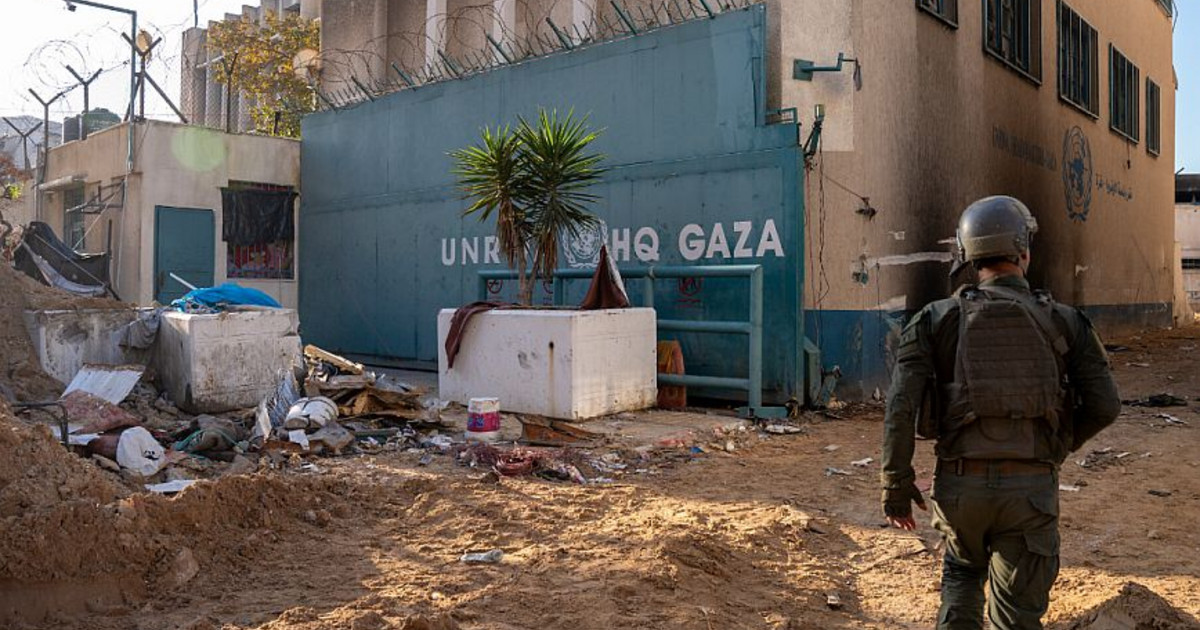From a strengthened Iran and eroded U.S. influence at the cost of keeping troops in Iraq and Syria to fight Islamic State, the United States is still grappling with the aftermath of its invasion of Iraq 20 years ago, current and former officials say.
Then-US President George W. Bush’s 2003 decision to oust Saddam Hussein by force, the way limited US troop numbers allowed for ethnic strife, and the US withdrawal in 2011 greatly complicated US policy in the Middle East, according to them.
The end of Saddam’s Sunni minority rule and replacement with a Shiite majority government in Iraq freed Iran to deepen its influence in the Levant, especially in Syria, where Iranian forces and Shiite militias helped Bashar al-Assad crush a Sunni uprising. and stay in power.
The withdrawal of US troops from Iraq in 2011 left a vacuum that Islamic State (Isis) militants filled, taking over a third of Iraq and Syria and stoking fears among Gulf Arab countries that they could not be trusted. in the United States.
After the withdrawal, former US President Barack Obama sent troops back to Iraq in 2014, where about 2,500 troops remain, and in 2015 he deployed to Syria, where there are about 900 troops. US forces in both countries are fighting Islamic State militants, who also operate from North Africa to Afghanistan.
“Our inability, unwillingness, to hammer home security in the country allowed chaos to ensue, which gave rise to Isis,” said former Deputy Secretary of State Richard Armitage.
Armitage, who served in the Republican Bush administration when the United States invaded Iraq, said the US invasion “could be as big a strategic mistake” as Hitler’s 1941 invasion of the Soviet Union, which helped defeat Germany. in World War II.
The costs of US involvement in Iraq and Syria are enormous.
According to estimates published this week by Brown University’s “Costs of War” project, the current US price tag for the wars in Iraq and Syria stands at $1.79 trillion, including Pentagon and State Department spending, veterans care and interest on conflict financing debt. Including projected care for veterans through 2050, that rises to $2.89 trillion.
Source: CNN Brasil
Bruce Belcher is a seasoned author with over 5 years of experience in world news. He writes for online news websites and provides in-depth analysis on the world stock market. Bruce is known for his insightful perspectives and commitment to keeping the public informed.






